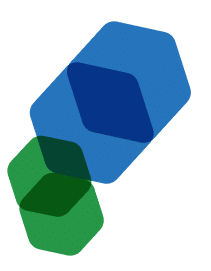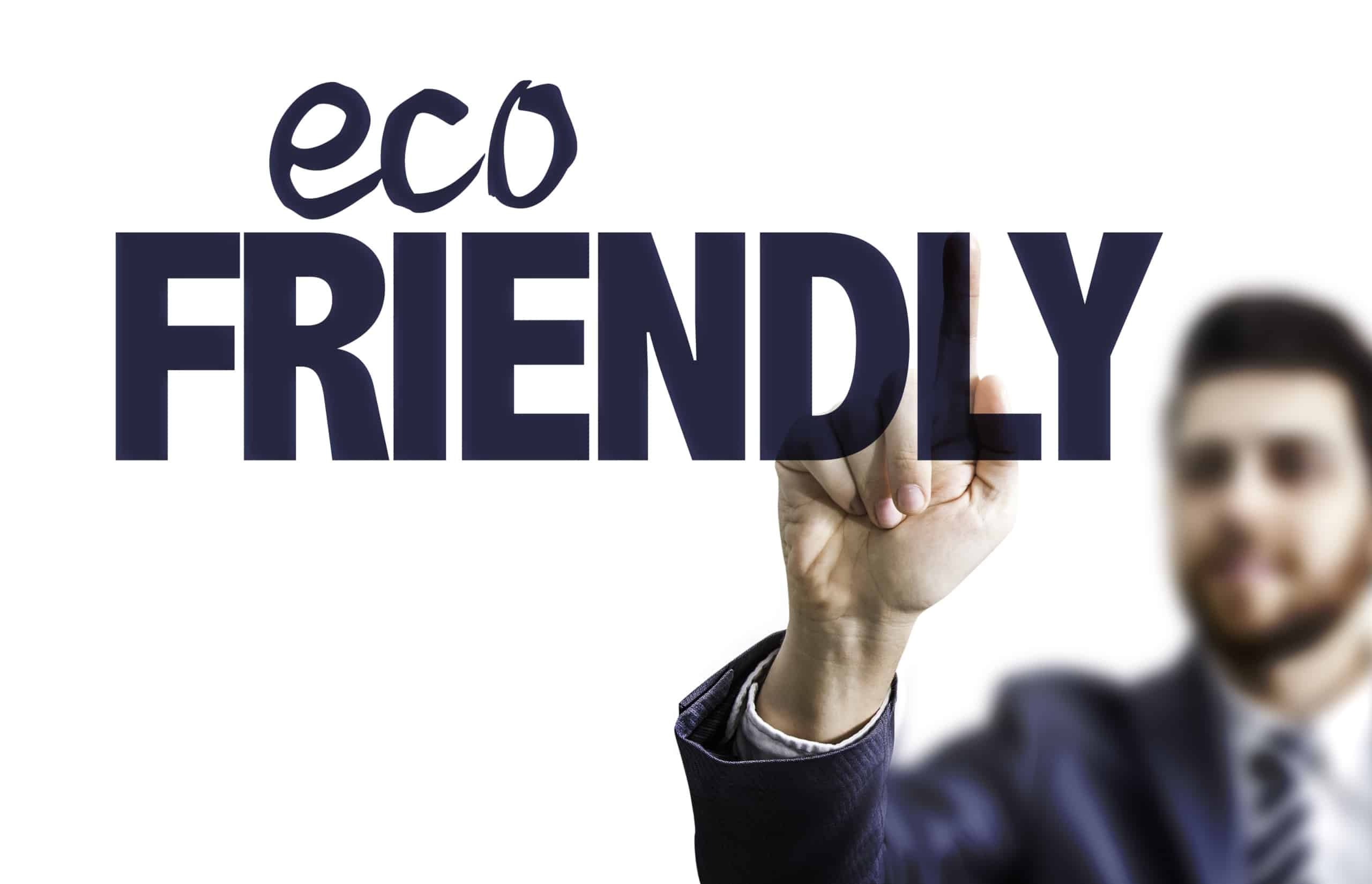The safety profile of a degreaser can be interpreted in several ways. In this entry, we take a look at four of the most important ways to assess whether a degreaser is “safe” for your degreasing operations, and where the operations take place: how the solvent is applied, its flashpoint, the density of hazardous air pollutants (HAPs) in the solvent, and solvent-associated safety measures that are already in place in the environment where degreasing solvents are applied.
- Consider Solvent Application
The first step in choosing safe degreasing agents is identifying degreasers that are formulated to be used for your specific degreasing applications. For example, if you need to degrease energized electrical equipment, such as motors or switchgear, you should use a degreaser that has a strong, dielectric formulation that minimizes the risk of electrical shock. All degreasers are made for degreasing, but not all of them are formulated for the same degreasing applications.
- Consider Solvent Flashpoint
Choosing degreasers that have high flashpoints or are inflammable is always a good idea. Even if your degreasing applications don’t involve obvious heat sources that could cause low flashpoint solvents to combust, there is still the issue of fire safety in the solvent storage area. Degreasing agents that have no flashpoint don’t contribute to damage that building fires cause, and they can usually be stored safely alongside combustible materials in the solvent storage area.
- Consider HAPs in Solvent
HAPs are considered “hazardous air pollutants” due to their negative impact on the environment and/or human health. HAPs can be volatile organic compounds (VOCs) or synthetic chemicals; what practically all of them have in common, however, is the creation of short-term and long-term health consequences in workers who regularly apply solvents that contain HAPs. Degreasers that have an exceptionally low level of HAPs or no HAPs can be found in our online store.
- Consider Existing Safety Measures
If implementing a degreaser that contains no HAPs currently isn’t an option, the degreaser you use may still be relatively safe for workers to apply if the work environment has measures in place to protect against human exposure to HAPs. These measures include: special exhaust hoods at work stations where degreasers are applied, air filtration systems designed to remove airborne contaminants, and high-level personal protective equipment (PPE) for workers who apply the degreaser.
Need Safe Degreasing Agents?
Regardless of why you need to implement safe degreasing agents, Ecolink can provide the solutions you need in the form of readymade solvents or custom solvents that are formulated for your unique degreasing requirements. We offer degreasers that are designed a variety of applications, have a high flashpoint or no flashpoint, and contain no HAPs. We even offer free solvent samples, so you can see the benefits of a degreaser in action before you buy.
For assistance with choosing safer degreasers that offer as much degreasing power as your current solutions, please call us today at (800) 563-1305, or use the contact form on our website. We look forward to supporting your cleaning operations with safe degreasing agents.















